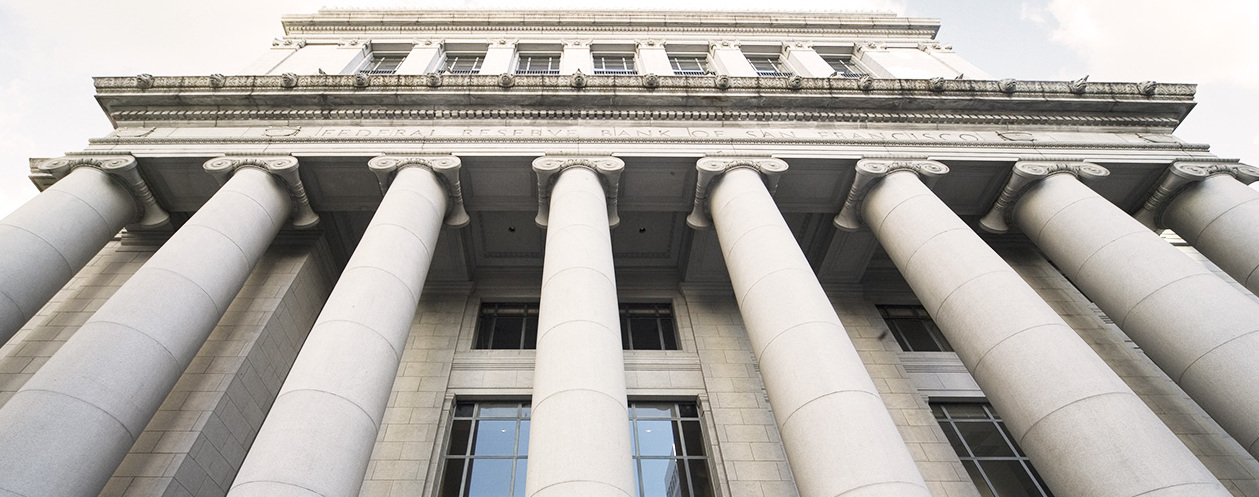Inflation—and rising interest rates—are at the center of the American economic conversation. And for good reason, as the Fed anticipates more increases.
Keeping interest rates in historical perspective
Inflation is the highest it’s been since the early 1980s. Combined with the volatile swings in data throughout the pandemic, “We’re in uncharted territory,” said Ginger Chambless, Head of Research for Commercial Banking at JPMorgan Chase.
“By raising rates through this year, the Fed is trying to get a handle on inflation and slowly pull some of the excess liquidity out of the economy,” she said.
While inflation is at 40-year highs, interest rates are nowhere near 2000’s 6.5%, much less the record high of nearly 20% in 1980. Rates have returned to pre pandemic levels.
ANNUAL FEDERAL FUNDS EFFECTIVE RATE, NOT SEASONALLY ADJUSTED

“In terms of absolute levels, and in view of history, current interest rates are still at attractive levels,” said Mike Kraft, Head of CRE Treasury at JPMorgan Chase. “Generally, I would say this is a great time to do business—before additional rate movements kick in.”
What interest-rate hikes mean for multifamily investors
Taking out a loan to purchase a multifamily property or refinancing your apartment complex at a fixed rate may still be a smart move. However, you may want to look at more than interest rates. Consider other factors, including:
- Supply, demand and demographic shifts: Housing inventory is low, with demand outpacing supply. There may be a move from the suburbs to cities for investors to consider. Likewise, more people have moved to the center of the country and are seeking workforce housing.
- Local market: Real estate is a largely local business, so you may want to take a close look at the specifics of your market and evaluate each property’s capitalization rate before purchasing or refinancing.
- Current financing structure: Interest rate hikes may have a greater impact on short-term loans, as may variable-rate financing. You may also want to keep an eye on the 10-year Treasury yield, which helps determine mortgage rates. The yield is viewed as a sign of investor sentiment about the economy.
Kraft was quick to point out that while most signs of the American economy remain strong, there are always uncertainties.


